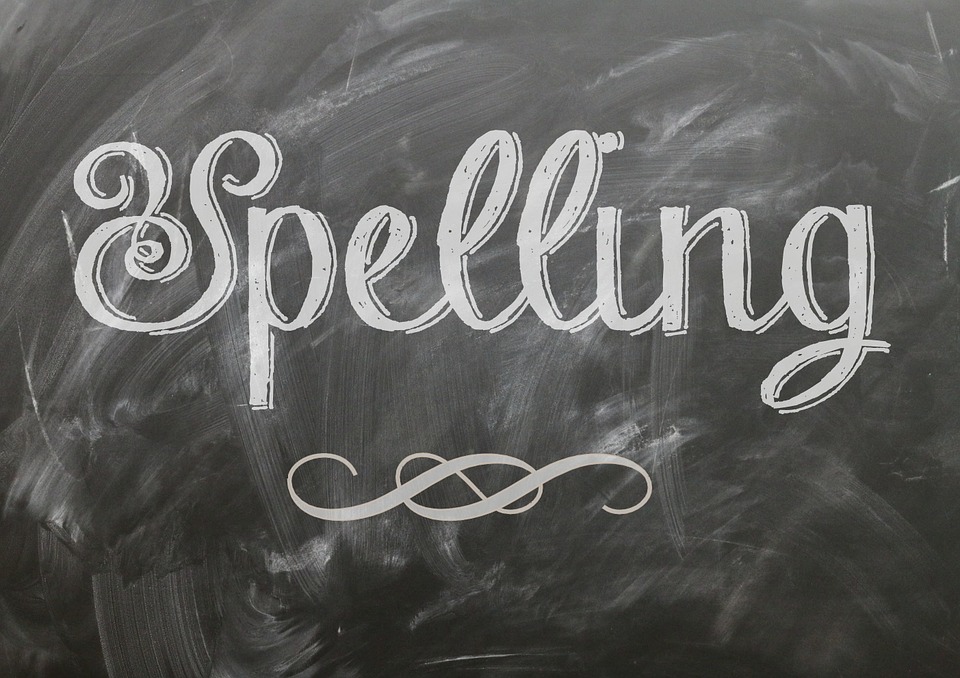
Invented spelling is a method that some children use when they are first learning how to read and write words in Kindergarten. Gene Ouellette, a Psychology Professor at Mount Allison University shares her experiences. Mr. Ouellette has conducted prior research studies in order to determine whether allowing a child to use invented writing as a way to familiarize them with the word and then gradually introduce them into properly spelling the words they are learning.
Invented spelling (also known as inventive spelling)refers to “children’s spontaneous or self-directed attempts to represent words in print.” Children generally start with the first sound in a word; for instance, they might spell dog by writing a d, possibly followed by random letters. Then they typically represent final sounds (d becomes dg), and gradually children will include the sounds in the middle. “It’s an engaging and cognitively strenuous activity,” said Ouellette, “It helps bring together all the skills kids use when they learn how to read,” including alphabetic knowledge and phonemic awareness.
Mr. Ouellette believes that invented learning is very successful when it comes to helping a child to learn how to sound out and write new words. Her studies have shown that children who were allowed to use invented spelling often transitioned into advanced reading and writing with few issues. This approach recognizes that learning to spell is a gradual process and that making mistakes in the process can actually be beneficial in the long run.
Key Takeaways:
1
Invented spelling can lead to better long term reading outcomes.
2
Researchers think that encouraging invented spelling in the classroom could be beneficial.
3
The problem solving involved in trying to spell a word can lead to a better understanding of language.
Read the full article here:
http://www.readingrockets.org/news/invented-spelling-leads-better-reading-study-says
http://www.readingrockets.org/news/invented-spelling-leads-better-reading-study-says
Do You Need help with a Learning Difficulty?
Our simple online analysis will help you get to the core of the problem and find the right solution for you.
Understanding how to help someone with a learning difficulty starts with understanding which micro-skills are affected. When you learn which of the micro-skills is the problem, you will then be on your way to solving it.
You'll also learn how to:
- Build confidence
- Enhance Learning ability
- Eliminate avoidance
- Build grit
You can get this analysis for free by filling out this simple form. This will help you get to the bottom of a learning difficulty and provide you with a solution. If you are ready to put this problem behind you click the button below and fill out the form.










